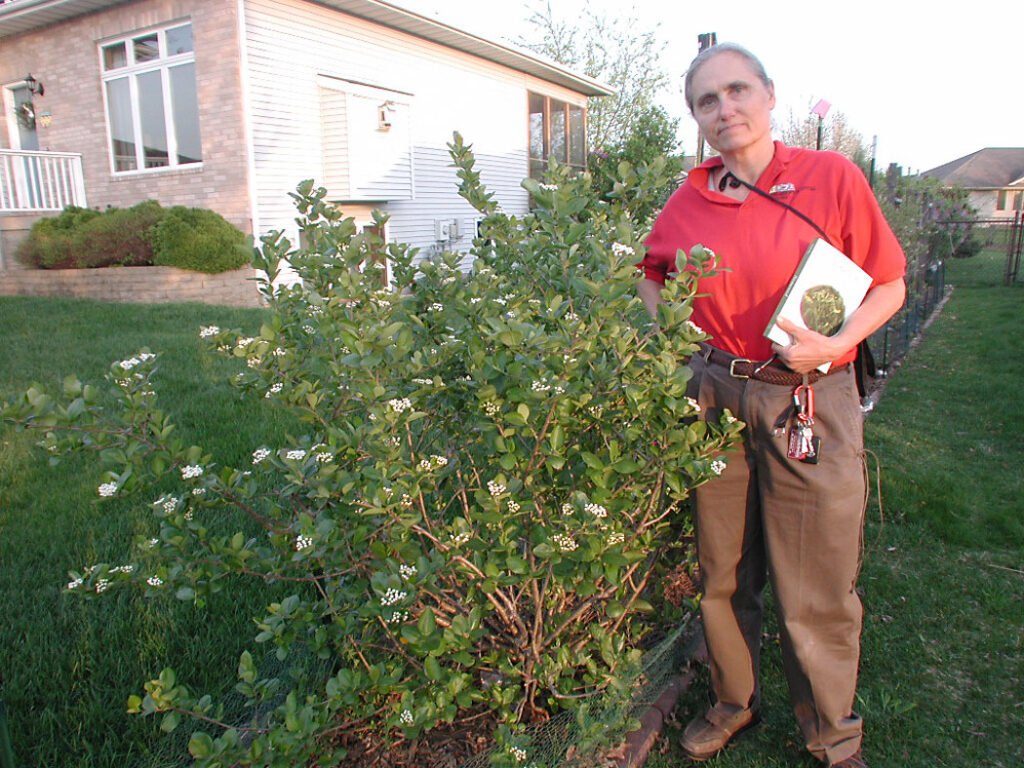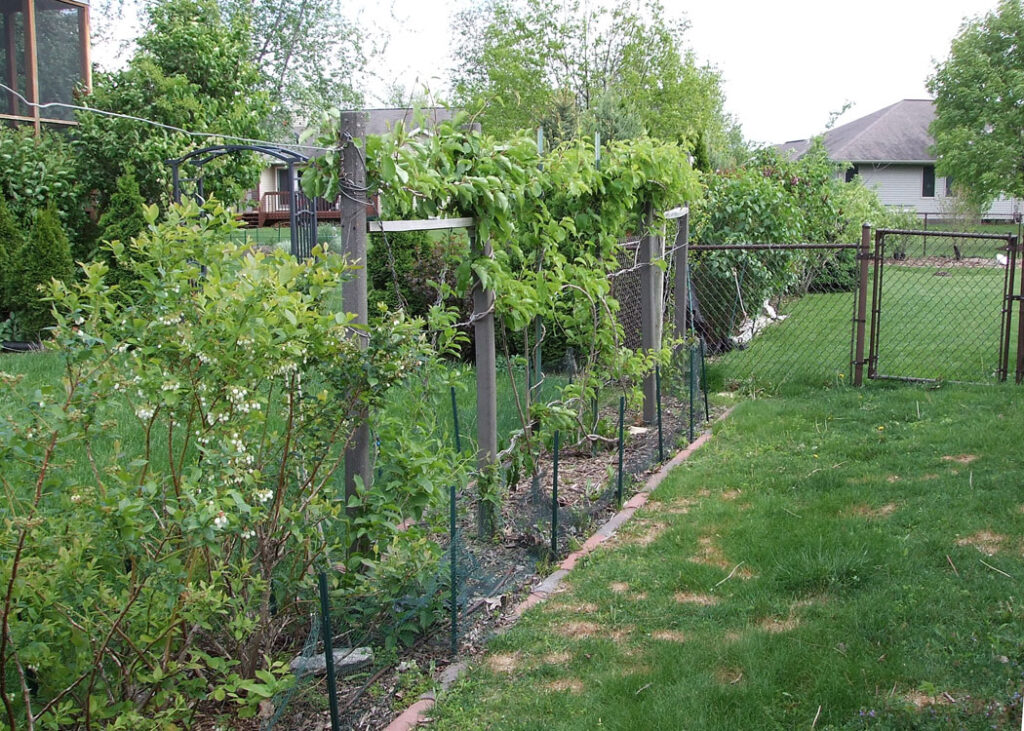
Backyard Abundance, an Iowa City nonprofit organization, has been offering yard tours in the community since 2006, according to its director, Fred Meyer. “We have a very special yard tour event scheduled for August 21, 2010, featuring a landscape packed with delicious and health-giving foods,” Meyer says with enthusiasm. “We will also offer an opportunity to attend a presentation by Dr. Terry Wahls and myself where people can learn how easy it is to grow foods that will contribute to personal health and well-being.”
When Dr. Terry Wahls of Iowa City was diagnosed with multiple sclerosis (MS) ten years ago, her doctors told her that functions lost from the disease would not return. A few years after learning she had MS, she was using canes to walk and often was confined to a wheelchair.
Dr. Wahls, an academic general internal medicine physician at a teaching hospital, looked for alternative treatments but found no clinical trials to participate in that might offer options for a better outcome. She began to study basic science literature about MS and formulate ideas about why disability occurs. She designed a new treatment for her disease, based on what she learned. She became convinced that mitochondrial (nerve ending) failure drives the progression of MS and many other health problems such as Alzheimer’s, Parkinson’s disease, heart disease, and many psychiatric disorders. Medications help to control symptoms but rarely restore normal functioning.

Her personal studies, courage, and lifestyle changes have paid off in amazing ways. Terry has exchanged her wheelchair for a bicycle and often rides it 5 miles from home to work at the VA Hospital and University of Iowa Hospital. She is active in ways that leave people shaking their heads in disbelief and admiration.
Terry attributes her improved health to her changed diet, combined with electrical stimulation of her muscles. She shares what she has learned with others every chance she gets. “I now understand the profound connection between food and health,” Wahls says. “Healing occurs when we eat foods that our mitochondria and body need.”
“Daily servings of green leafy vegetables are a must,” Wahls shares. So are brightly colored vegetables and fruits. She also recommends a reliable source of omega 3 fatty acids, found in foods such as grass-fed meat, cold-water fish, and flax seed.
When people ask about the cost of eating her recommended diet, she says many of the foods can be grown for little or no cost in a small garden or in porch containers. A visit to her yard confirms that she is doing that herself.
Fred Meyer of Backyard Abundance heartily endorses this idea. “Backyard Abundance is excited to provide people the opportunity to learn about Wahls’ diet recommendations, along with practical, easy ways to raise these foods right in your own backyard,” says Meyer.
“Growing kale, spinach, carrots, strawberries, garlic, and so many of the other foods that Dr. Wahls recommends is easy in our Iowa climate,” Meyer says. “I was delighted when I visited Terry’s yard and saw the wide variety of foods she is growing.”
Dr. Wahls grows some commonly raised foods like leafy greens, strawberries, and apples. She has also added less known fruits and vegetables to her yard, such as aronia berries, hardy kiwi, and sorrel, which are all perennial plants that come back year after year. She reports that many flowers are edible and make delicious teas and salad ingredients that can add to the quality of your diet. A pile of logs in her yard has been inoculated with mushrooms, another tasty and nutrition-enhancing food.
It’s the kind of yard that Backyard Abundance has featured in its yard tours since the organization started. “Anyone who attends these events is in for a tasty surprise,” Meyer says with a smile. “We will share a pawpaw smoothie, kale salad, and other delicious foods that you can grow right outside your door.”
For more information, visit the Backyard Abundance website at BackyardAbundance.org. To learn about Dr. Wahls, visit her website: TerryWahls.com. In addition, Dr. Wahls’ book, Minding My Mitochondria, 2nd Edition, is available at MindingMyMitochondria.com. It details the interventions she used and the science behind them.
